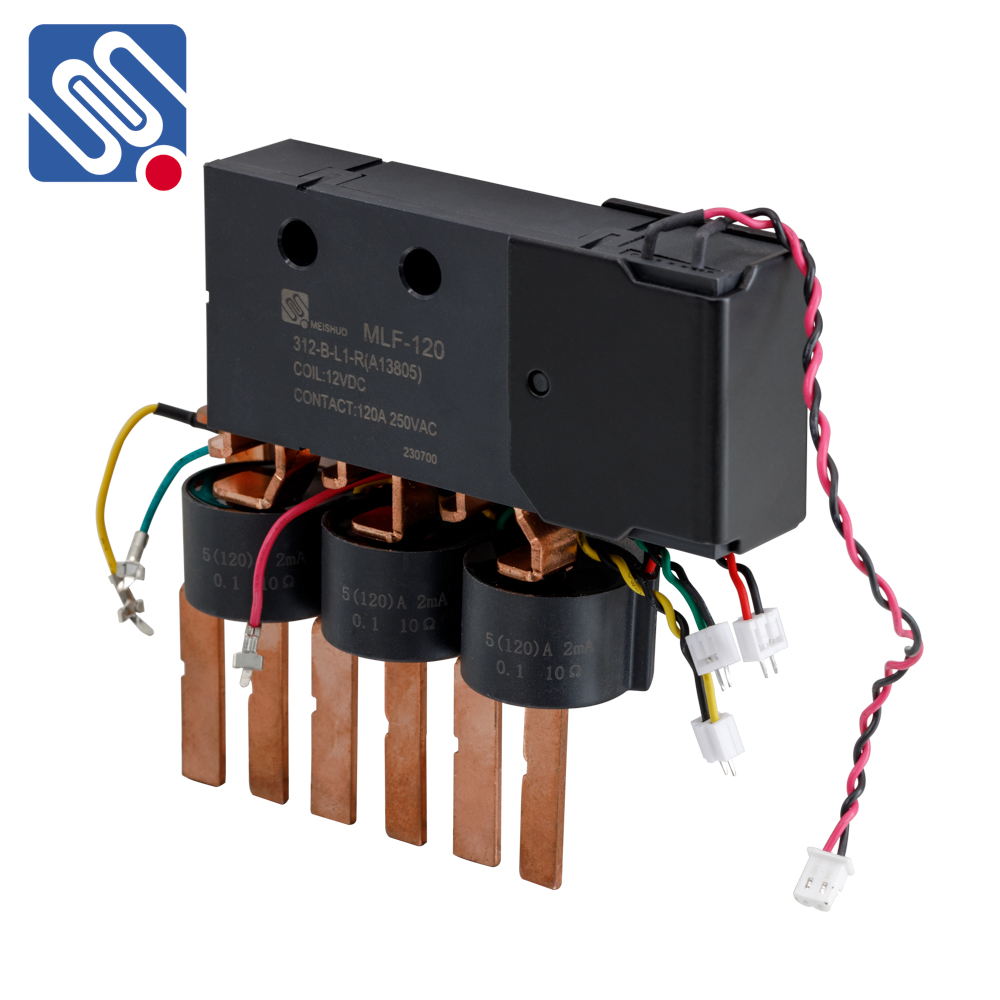Relay assembly is a crucial aspect of electrical control systems, playing a vital role in automating and controlling various functions in industries such as manufacturing, automotive, and telecommunications. A relay is an electrically operated switch that allows one circuit to control another circuit without direct mechanical contact. The process of assembling and integrating relays into systems is known as relay assembly. This article explores the importance, components, and steps involved in relay assembly and its significance in modern electrical engineering.

What is Relay Assembly? Relay assembly refers to the process of constructing and integrating a relay into an electrical system. It involves assembling the individual parts of the relay, connecting it to the appropriate circuits, and ensuring its proper functionality in controlling electrical devices. A relay typically consists of an electromagnet, contacts, and a spring mechanism, all housed within a protective casing. When an electrical current flows through the electromagnet, it generates a magnetic field that activates the contacts, thereby switching the circuit on or off. Relay assembly is not just about physically putting these components together but also about ensuring that the relay functions optimally in its specific application. Whether it’s a small relay used in household appliances or a large relay in industrial automation, the assembly process is crucial to ensuring the system operates safely and efficiently.